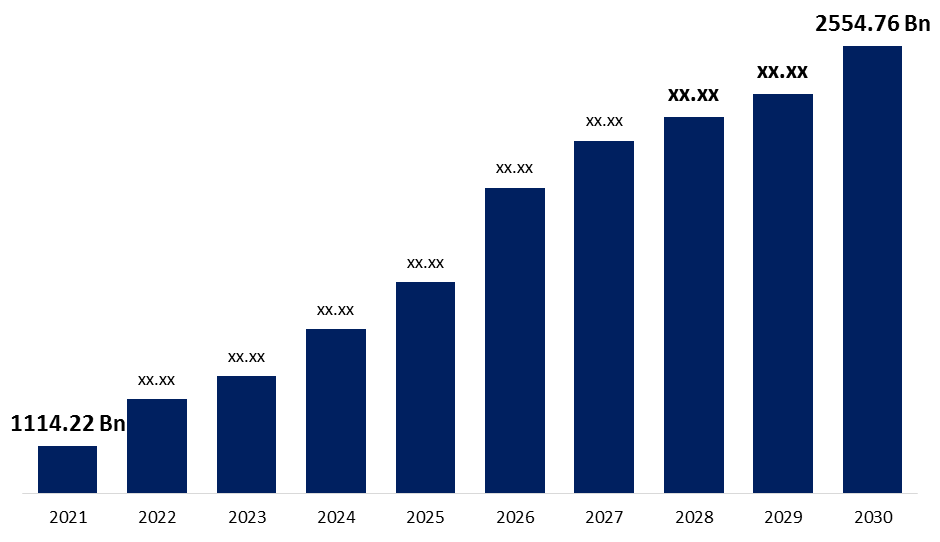Leadership is a crucial aspect of any organization, and motivating employees is one of the most significant responsibilities of any leader. However, motivating employees is not always an easy task. It requires an understanding of what motivates each individual and how to create an environment that fosters motivation and engagement. In this article, we will explore eight things that the smartest leaders do to motivate their employees.
- Provide Meaningful Work
Employees are more likely to be motivated when they feel that their work has meaning and contributes to something greater than themselves. Smart leaders provide their employees with meaningful work that aligns with their values and purpose. - Give Regular Feedback
Regular feedback is essential for employee motivation. Smart leaders provide their employees with regular feedback, both positive and negative. This helps employees understand how they are performing and how they can improve. - Set Clear Expectations
Employees need to know what is expected of them to perform their jobs effectively. Smart leaders set clear expectations and communicate them to their employees. This helps employees understand what they need to do to meet their goals and contributes to their motivation. - Recognize Achievements
Recognizing achievements is an essential aspect of employee motivation. Smart leaders recognize and celebrate their employees’ achievements, whether big or small. This helps employees feel valued and appreciated and contributes to their motivation and engagement. - Foster Collaboration and Teamwork
Collaboration and teamwork are essential for a motivated workforce. Smart leaders foster an environment of collaboration and teamwork, where employees can work together to achieve shared goals. This helps employees feel a sense of belonging and contributes to their motivation and engagement. - Provide Opportunities for Growth
Employees want opportunities to grow and develop their skills. Smart leaders provide their employees with opportunities for growth and development, such as training, mentoring, and job rotations. This helps employees feel valued and invested in and contributes to their motivation and engagement. - Foster a Positive Work Environment
A positive work environment is essential for employee motivation. Smart leaders foster a positive work environment by creating a culture of respect, trust, and inclusivity. This helps employees feel safe and supported, which contributes to their motivation and engagement. - Lead by Example
Smart leaders lead by example. They set the tone for their organization and model the behaviors they expect from their employees. This helps employees understand what is expected of them and contributes to their motivation and engagement.
In conclusion, motivating employees is a crucial aspect of leadership. The smartest leaders provide meaningful work, regular feedback, clear expectations, recognition of achievements, foster collaboration and teamwork, provide opportunities for growth, foster a positive work environment, and lead by example. By implementing these strategies, leaders can create a motivated and engaged workforce that drives organizational success.









